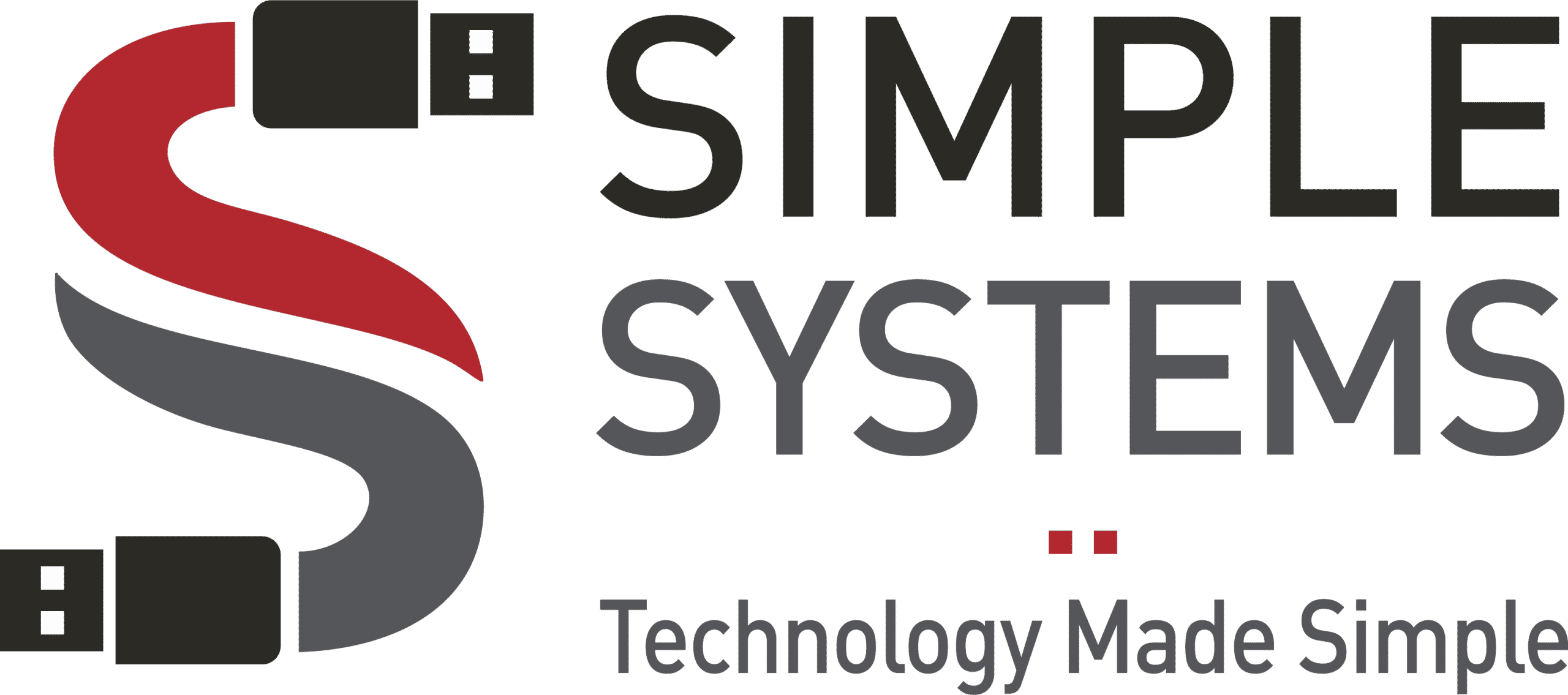Running a business can be expensive, and when it comes to cutting costs, the IT department is often an easy target. However, most businesses don’t have to make big changes or sacrifices to their operations in order to save money on their IT expenses. Here are five ways that your Utah business can cut its IT costs without disrupting its day-to-day business operations.
Migrate to the Cloud
Migrating your IT environment to the cloud can help businesses save money by reducing their need for on-premises hardware and software. Cloud services can also help businesses optimize their spending, as they can pay only for the resources they use.
Additionally, migrating to the cloud can improve collaboration and communication among employees. This is because cloud services offer a number of features that make it easy for employees to work together, including file sharing, chat, and video conferencing.
Finally, migrating to the cloud can help businesses become more agile. This is because the cloud enables businesses to quickly scale up or down their IT resources in response to changes in their business needs. As a result, businesses can save time and money by not having to purchase and maintain their own IT infrastructure.
As a Microsoft Silver Small and Midmarket Cloud Solutions Partner and Google Workspace expert, we can help you find a cloud solution that works for your business. While migrating to the cloud may seem like a huge disruption to your business, we can migrate everything over on the side and only cut over when we’re 100% sure you’re ready.
Consider Outsourcing Your IT
Is your IT currently managed by someone on your team? To reduce costs, you might consider outsourcing those responsibilities to a Managed Service Provider (MSP) who provides Managed IT Services for Utah business. Here are some of the ways that outsourcing your IT can help you reduce your costs:
Access to Specialized Skills: When you outsource your IT, you have access to a team of specialists who can help manage and maintain your systems for a fraction of the cost of hiring in-house staff.. This can be a great way to get access to skills that you may not have in-house, and it can help you avoid costly mistakes.
Reduced Labor Costs: Hiring in-house staff can be expensive, and it can often be more cost-effective to outsource your IT. By outsourcing your IT, you can save money on labor and benefit package costs, and you can also get access to experts who can help keep your systems running smoothly.
Improved Efficiency: Outsourcing your IT can help improve your efficiency by allowing you to focus on your core business goals. When you outsource your IT, you can rely on the experts to manage and maintain your systems, which can free up your time and resources.
Reduced Maintenance Costs: Maintaining your own IT systems can be expensive, and it can often be more cost-effective to outsource your IT. By outsourcing your IT, you can save money on maintenance costs, and you can also get access to experts who can help keep your systems running smoothly.
Increased Flexibility: Outsourcing your IT can give you increased flexibility and the ability to scale up or down as needed. This can be a great way to adapt to changes in your business, and it can help you save money in the long-term.
Review Your Software Licenses
Reviewing your software licenses can help you reduce your IT costs in a few ways. First, by reviewing your licenses, you can identify any that are no longer needed or being used. Second, you can renegotiate the terms of your existing licenses to get a better price. Finally, you can look for opportunities to consolidate licenses and reduce the number of different vendors you work with.
Reviewing your software licenses can be a time-consuming process, but it’s worth it if you want to reduce your IT costs. Start by identifying all of the software licenses in use in your organization. Then evaluate each license based on its cost, its features, and its expiration date. Finally, decide whether each license is still needed and whether it’s being used effectively.
If you find that you’re paying for licenses that you don’t need, or if you can get a better price on existing licenses, don’t hesitate to renegotiate with your vendors. They may be willing to work with you to adjust the terms of your agreement. And if you can consolidate licenses from multiple vendors into a single agreement, you’ll save time and money.
In the end, reviewing your software licenses is a great way to reduce your IT costs. By taking the time to do it properly, you can save yourself a lot of money in the long run.
Use Virtual Desktops
Windows virtual desktops can help you reduce your IT costs in a number of ways. First, by using virtual desktops, you can consolidate your applications and data onto fewer servers. This can reduce the amount of hardware you need to purchase and maintain, which can save you money.
Second, virtual desktops can help you optimize your use of server resources. For example, if you have a lot of users who only need to access a few applications, you can create a desktop image specifically for those users that contains just those applications. This will minimize the amount of resources that are used by each user, which can lead to lower energy costs.
Finally, using virtual desktops can help you improve your security posture. By isolating your applications and data into separate virtual desktops, you can reduce the risk of a security breach. This can save you money in the long run by helping to prevent costly data breaches.
Use VoIP Instead of a Traditional Landline
Voice Over IP, or VoIP for short, can help you slash your telecom expenses by up to 50 percent. Here’s how VoIP saves your business money:
Consumes less bandwidth: VoIP uses less bandwidth than traditional phone systems, so you can save on data costs.
No expensive hardware: VoIP is a software-based phone system, so it’s cheaper to install and maintain than traditional systems.
Lower rates: VoIP calls are routed over the internet, so you can make calls to any country in the world at a fraction of the cost of traditional calling rates.
Packed with features: VoIP features such as voicemail to email and call forwarding let you reduce your need for office staff.
Scalability: VoIP is scalable, so you can add or subtract phone lines as needed.
Easy integration: VoIP integrates with your existing IT infrastructure, making it easy to manage and support.
VoIP technology has come a long way in recent years, and there’s no doubt that it’s here to stay. If you’re looking for a way to reduce your IT costs, VoIP is the solution you’ve been searching for.
When to Get Some Outside Help
If you lack the time and resources to pursue any of the cost saving tips above, you may consider reaching out to an IT company who specializes in IT solutions for small and medium sized businesses in Utah. A specialist will help you determine the best and most cost effective options for your business.
As a top IT services provider in Utah, we help businesses up and down the Wasatch front navigate the complexities of their business technology.


